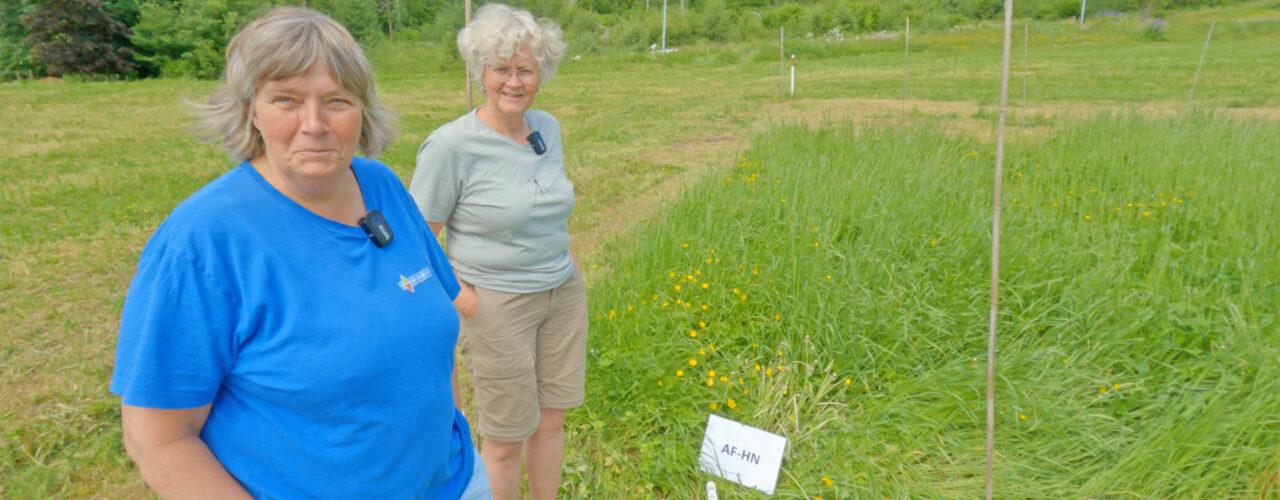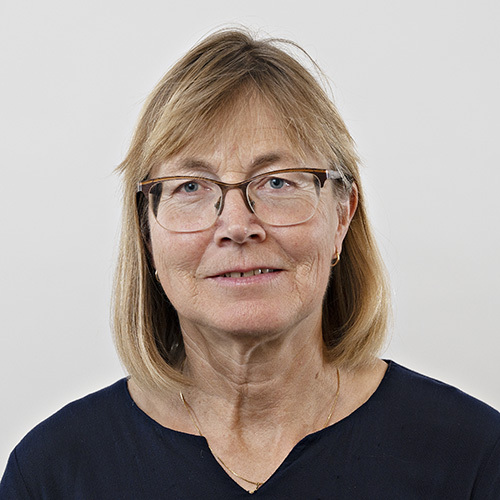
Innovation with Seaweed and Kelp: The SeaSoil Project
Seaweed and kelp are nutrient-rich resources that can contribute to making fertilization and soil improvement in agriculture more sustainable.
At the same time, it must be ensured that these resources are safe for use in food production without bringing toxic substances up from the sea and into the soil.

In the SeaSoil project, efforts are made to improve and utilize marine resources for more sustainable food production. With support from seaweed- and kelp-producers such as Ocean Forest and Nutrimar, the project has several goals that will promote sustainable growth within these sectors.
- One possibility is to develop “varieties” of seaweed and kelp with lower content of iodine and heavy metals than the natural populations, says project leader Ingrid Olesen of Nofima. Experiments in SeaSoil show that the content of cadmium and iodine can vary between populations from Vestland and Troms. This can provide a basis for breeding, but will be examined more closely in the project.
Measuring Unwanted Substances in in Seaweed and Kelp
In laboratory experiments, Nofima has analyzed how the uptake of cadmium, arsenic, and iodine in sugar kelp is related to genetic characteristics. This work is crucial to know which factors increase or reduce the content and whether these traits can be bred out in future production.
Soil Improvement and Carbon Storage
NORSØK and senior researcher Anne-Kristin Løes are investigating how seaweed and kelp can be used to improve soil quality. An important question is whether fertilization with seaweed can increase carbon storage in soil. Partners in Estonia and Croatia are measuring how carbon is released from soil that has been supplemented with seaweed. At NORSØK, oats have been grown in soil fertilized with high levels of seaweed to see how this affects the plant availability of arsenic and cadmium.
Spreading the Knowledge
SeaSoil places great emphasis on engaging stakeholders in the value chain and spreading knowledge about the results. An example is an online survey among stakeholders in the seaweed and kelp sector to understand current challenges and opportunities.
The results are important for understanding the potential and challenges of using seaweed and kelp in agriculture. So that this large and valuable marine resource is used in a way that is both economically and environmentally sustainable. With this project, Norway is leading the way in research and innovation related to marine resources. Something that will have far-reaching positive effects for both the industry and nature.
The project, which involves research institutions such as Nofima, NMBU, and NORSØK, as well as the seaweed cultivation company Ocean Forest, is an example of how Norway is leading in marine research initiatives.
